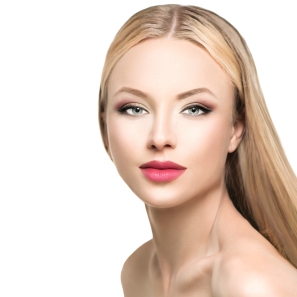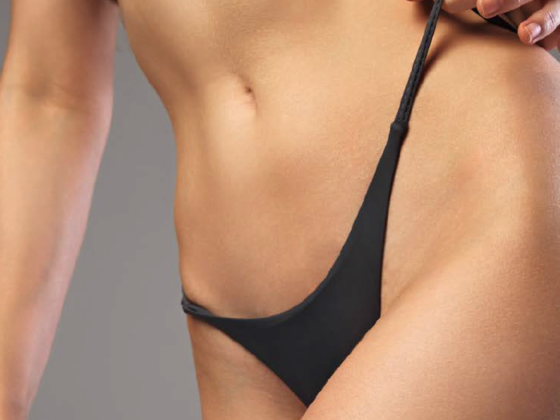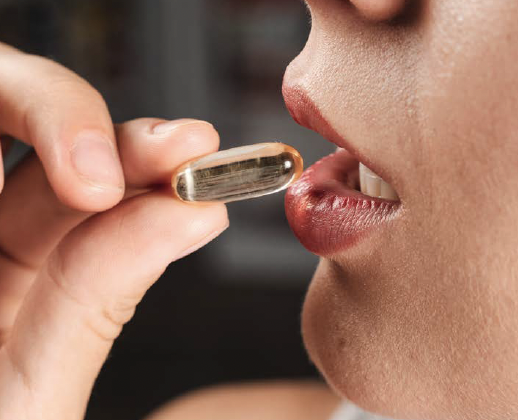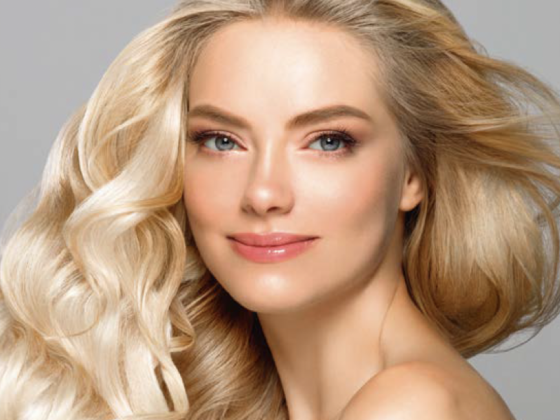Doctor Claude Chauchard
For both women and men, hair loss has a negative impact on their physical appearance and is a symptom of nutritional and hormonal deficiencies.
Take the legend of Samson, who loses all of his strength when he loses his hair. Our beliefs do not go quite as far as that nowadays, but it is true that a good head of hair completes our aesthetic arsenal of seduction.
Hair loss is called alopecia. In some cases (less than 5%), patches of hair are lost from some or all areas of the body, which is called alopecia areata. This type of alopecia is treated locally using a hydrocortisone cream combined with a medicated shampoo.
Let’s take a look at female-pattern alopecia or androgenic alopecia
This is caused by an excess of male hormones, more specifically the overly-rapid conversion of testosterone into dihydrotestosterone. This hormone paradoxically makes hair fall out and causes it to grow. This anomaly is treated by using a substance called “Finasteride”, which blocks the activity of the 5-alpha reductase enzymes that are responsible for the patient’s increased dihydrotestosterone activity.
Usually, a dosage of 1 to 2mg per day is enough. It is important to ensure, however, that the libido is not affected by this treatment. If this is the case, either the dosage should be lowered or the treatment should be changed to oral minoxidyl combined with minoxidyl lotion. This treatment is less effective, but has no detrimental effect on the patient’s sex life.
In all cases, a varied diet is important and a prescription of iron is often useful, as is zinc, which plays an important role in building the hair sheaths. I also prescribe selenium and manganese. It is very common to add a series of intramuscular injections of vitamins B6 and B7 over 10 weeks, with 2 to 3 injections per week. Three other vitamins might also be considered: vitamin A at a dosage of 50,000UI per day, 1g of vitamin C per day and a 600,000UI vial of vitamin D.
I often complete my treatment with a supplement of hemp oil (one soup spoon at lunchtime) and amino acids (L-cystine, cystine, L-cysteine, L-methionine).
Of course, a quality shampoo and conditioner should also be used.
In conclusion, patients must bear in mind that hair grows back slowly. Hair loss can be stopped very quickly, in the month after treatment starts. Then the slow process of regrowth begins, which can take several months or even up to a year.
The good news is that treatments have a 90% success rate, and you will soon have a lovely head of hair again!















